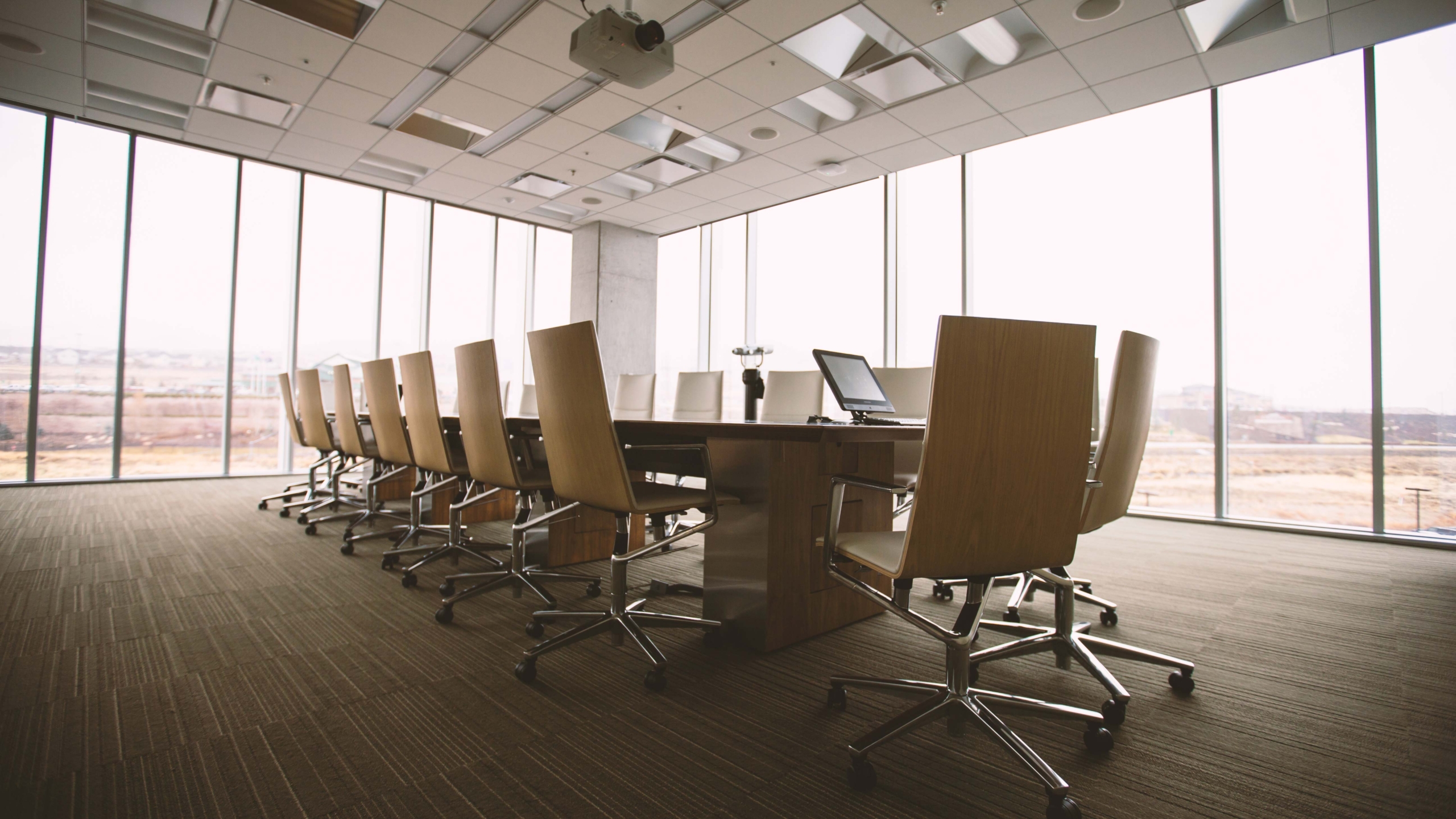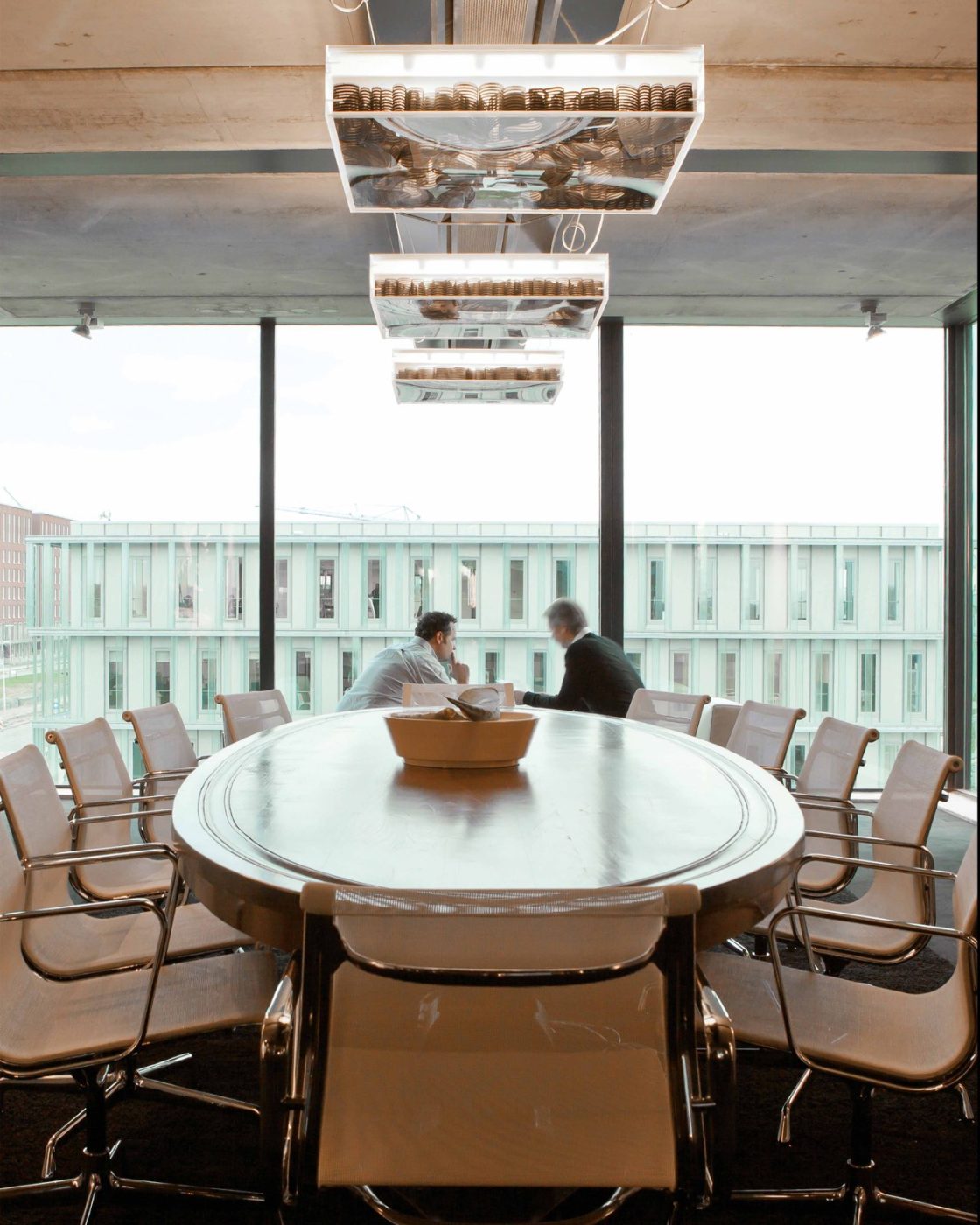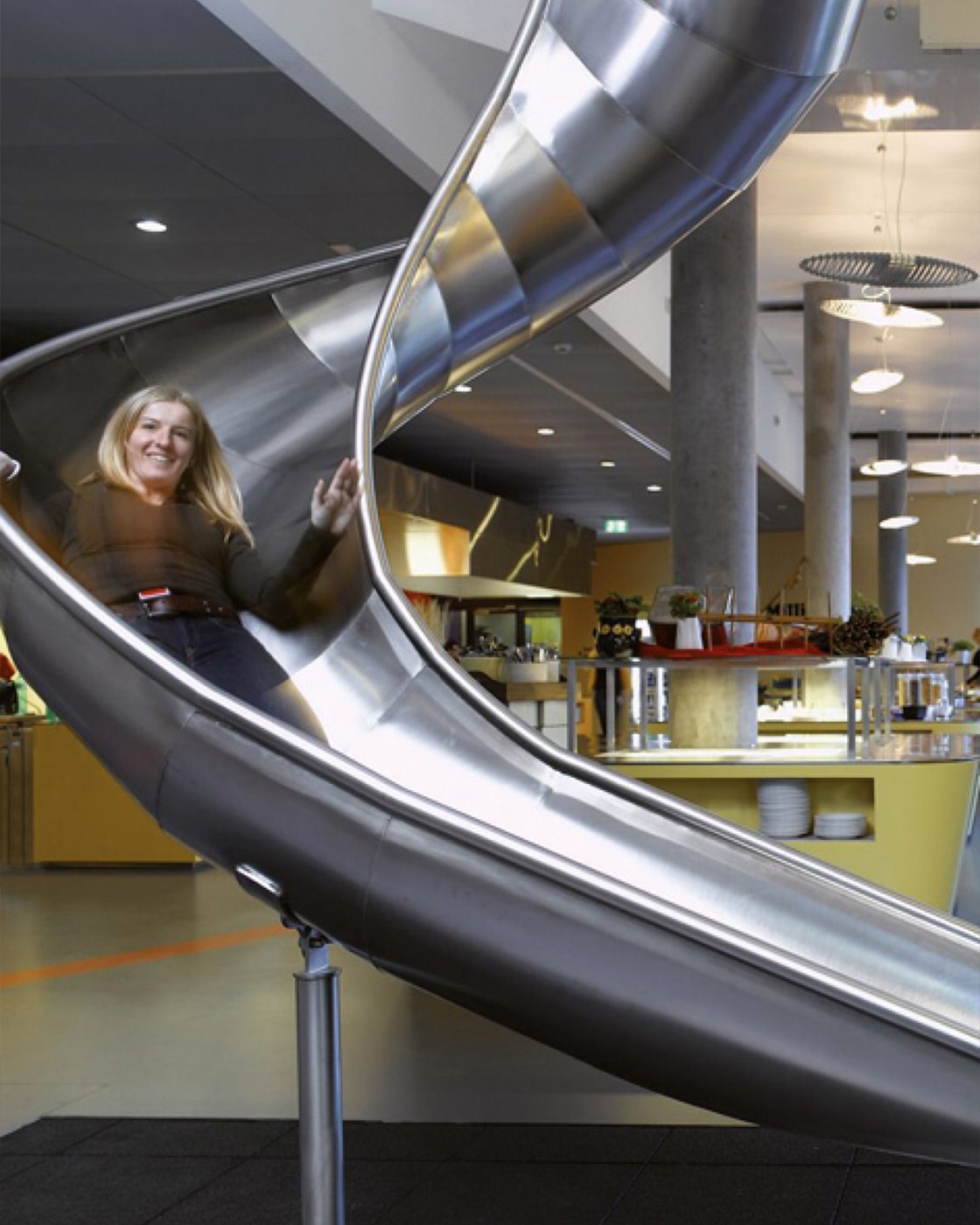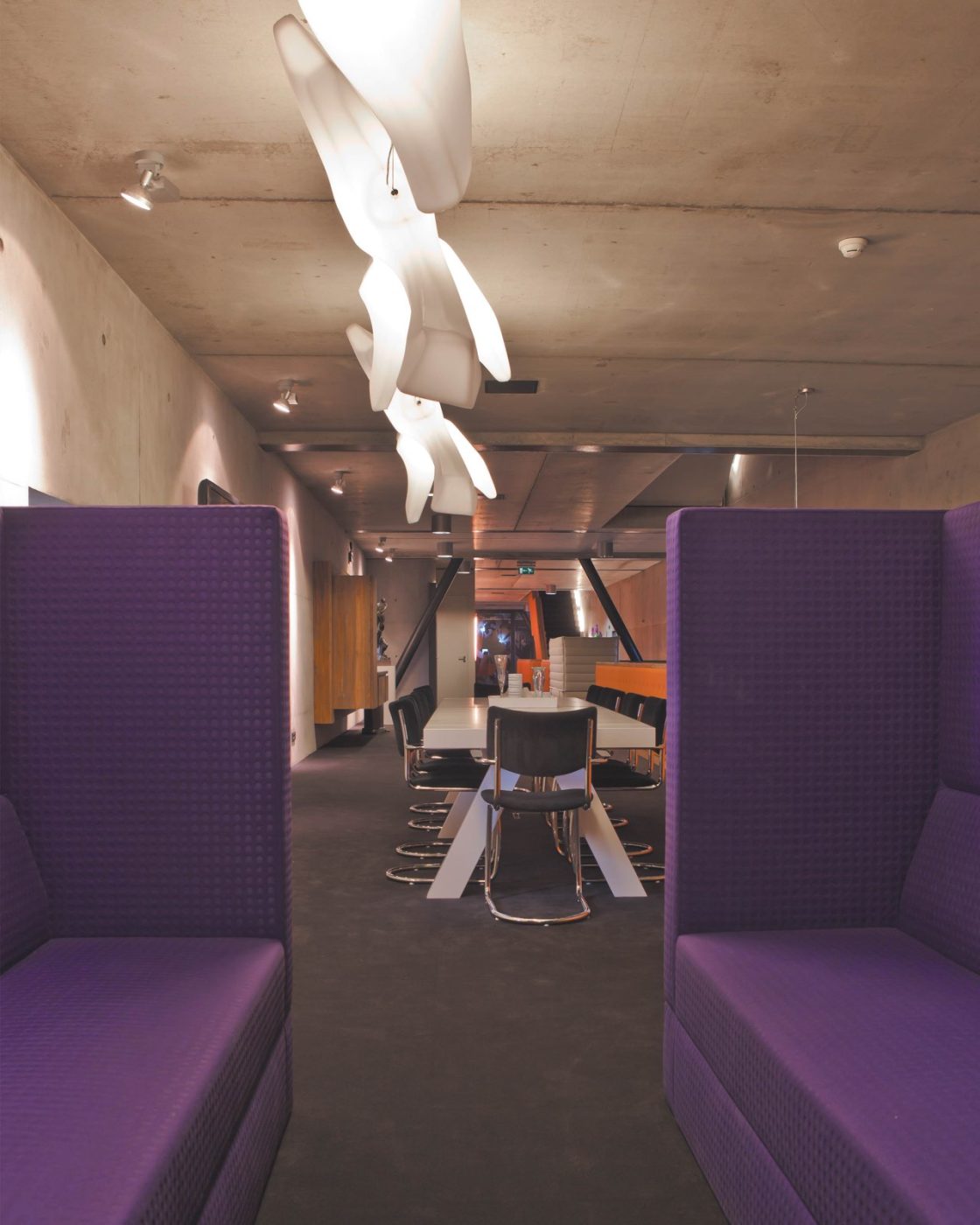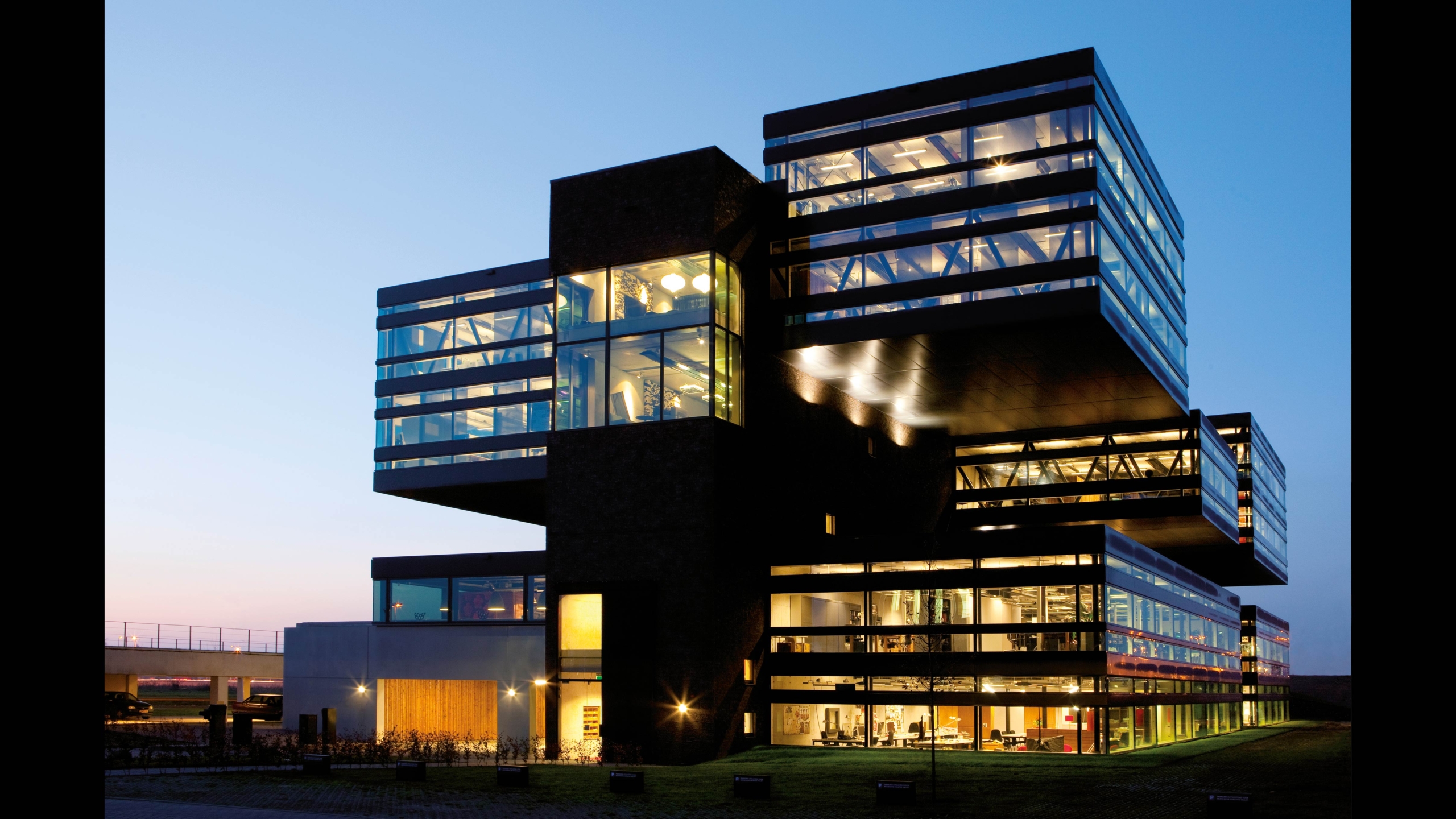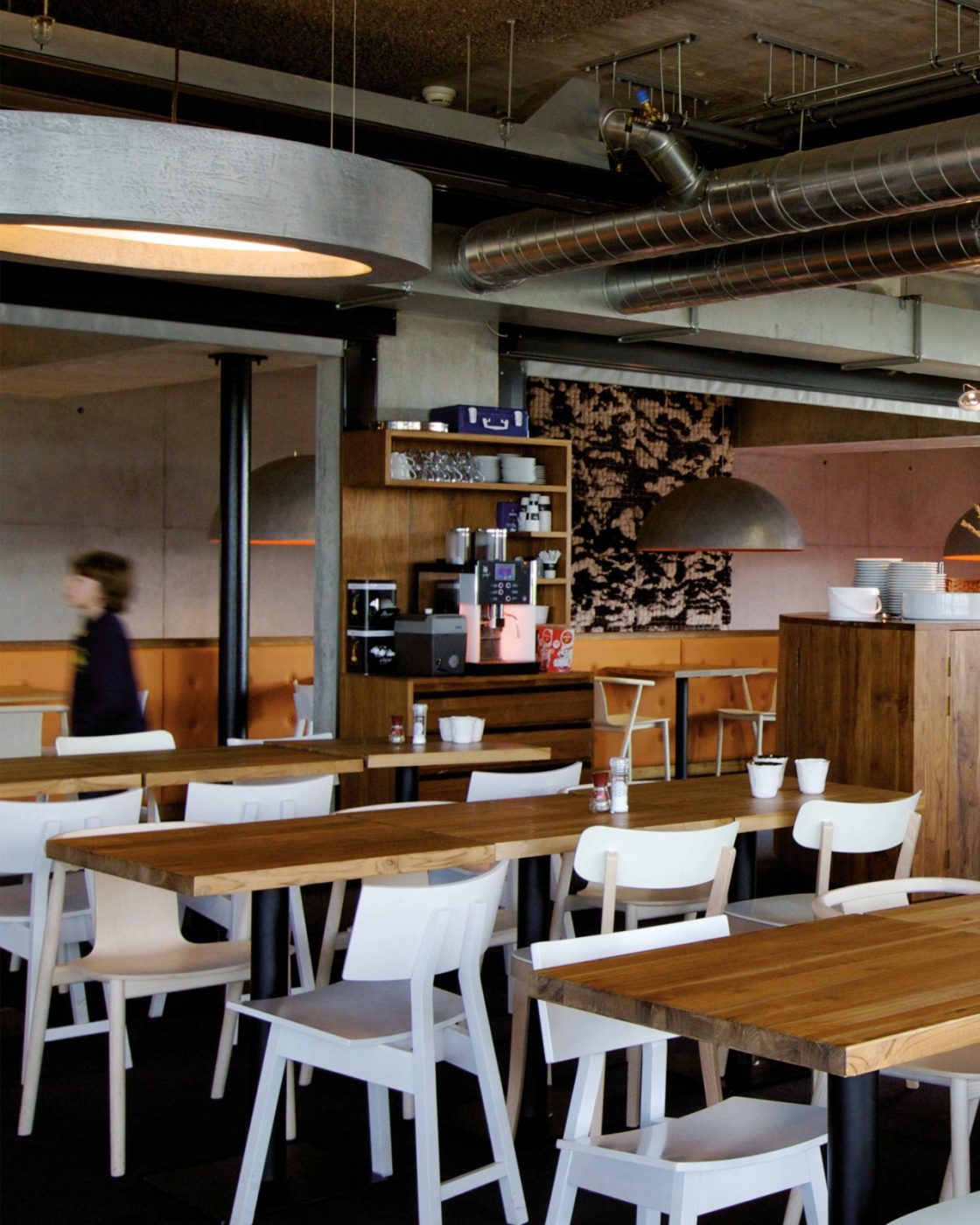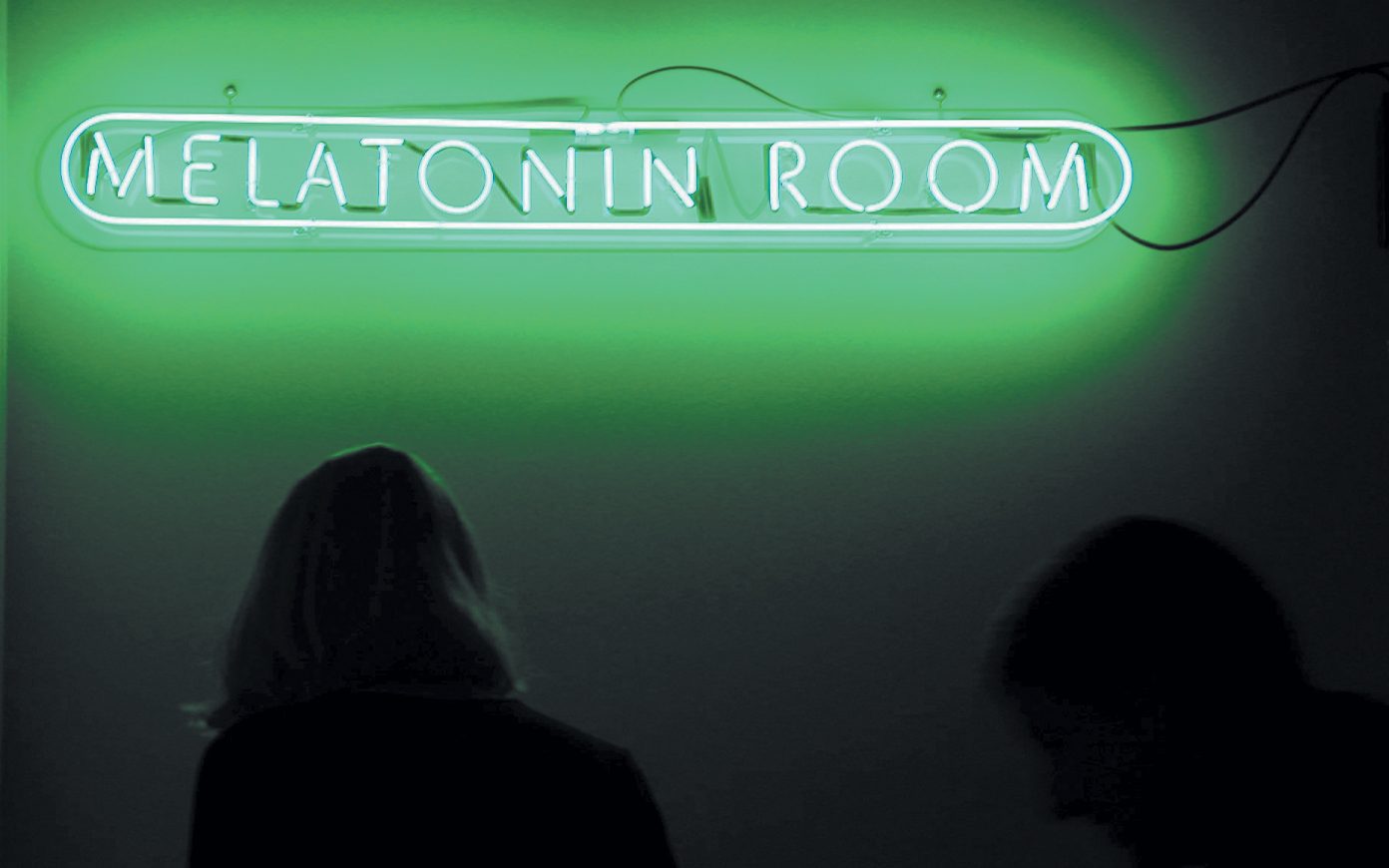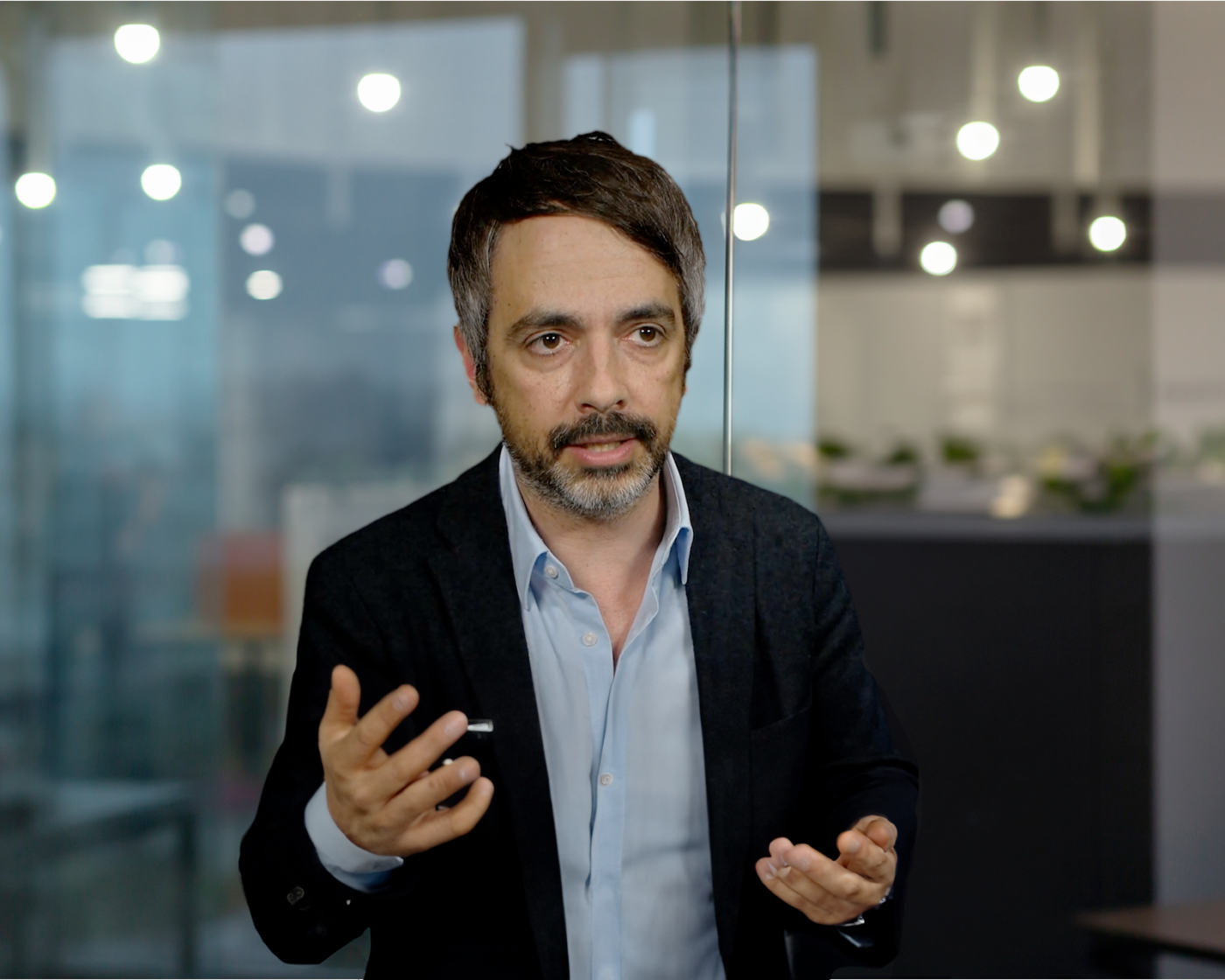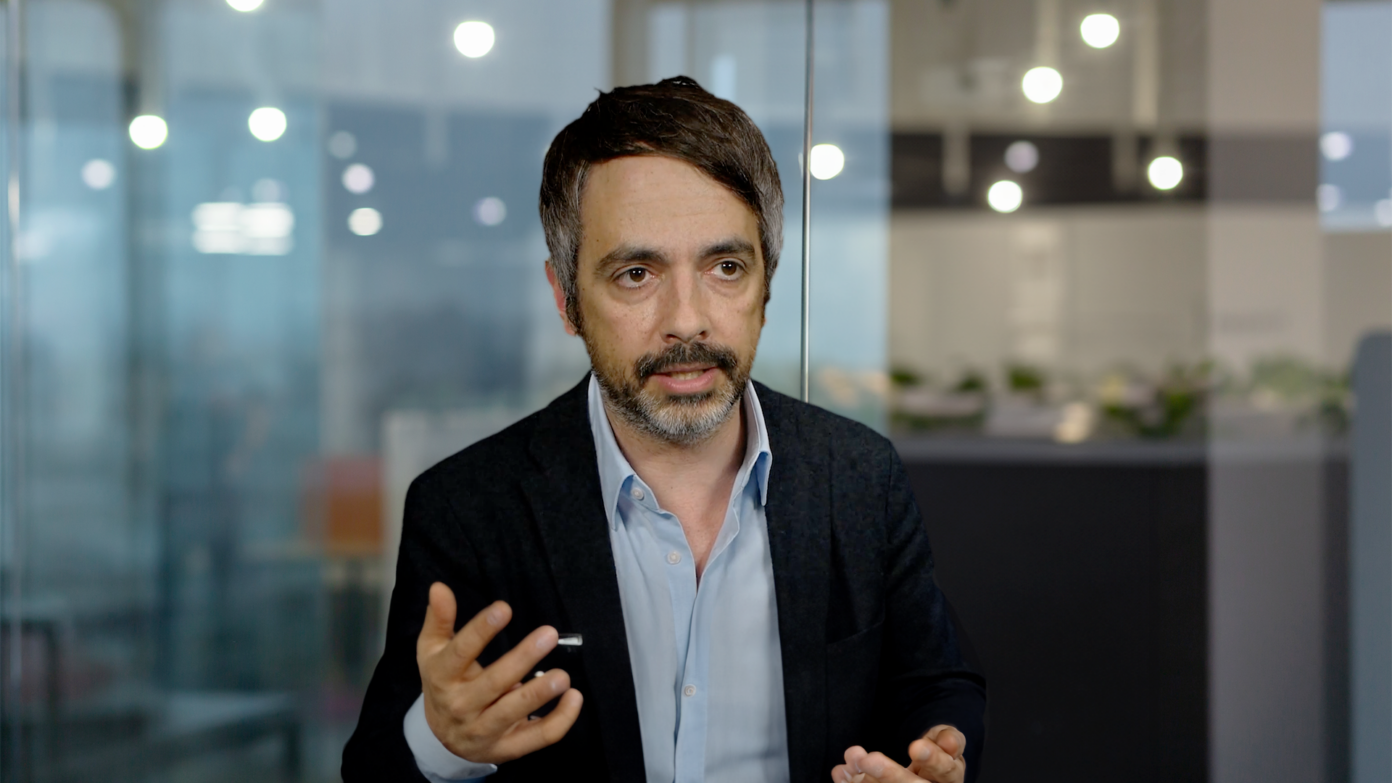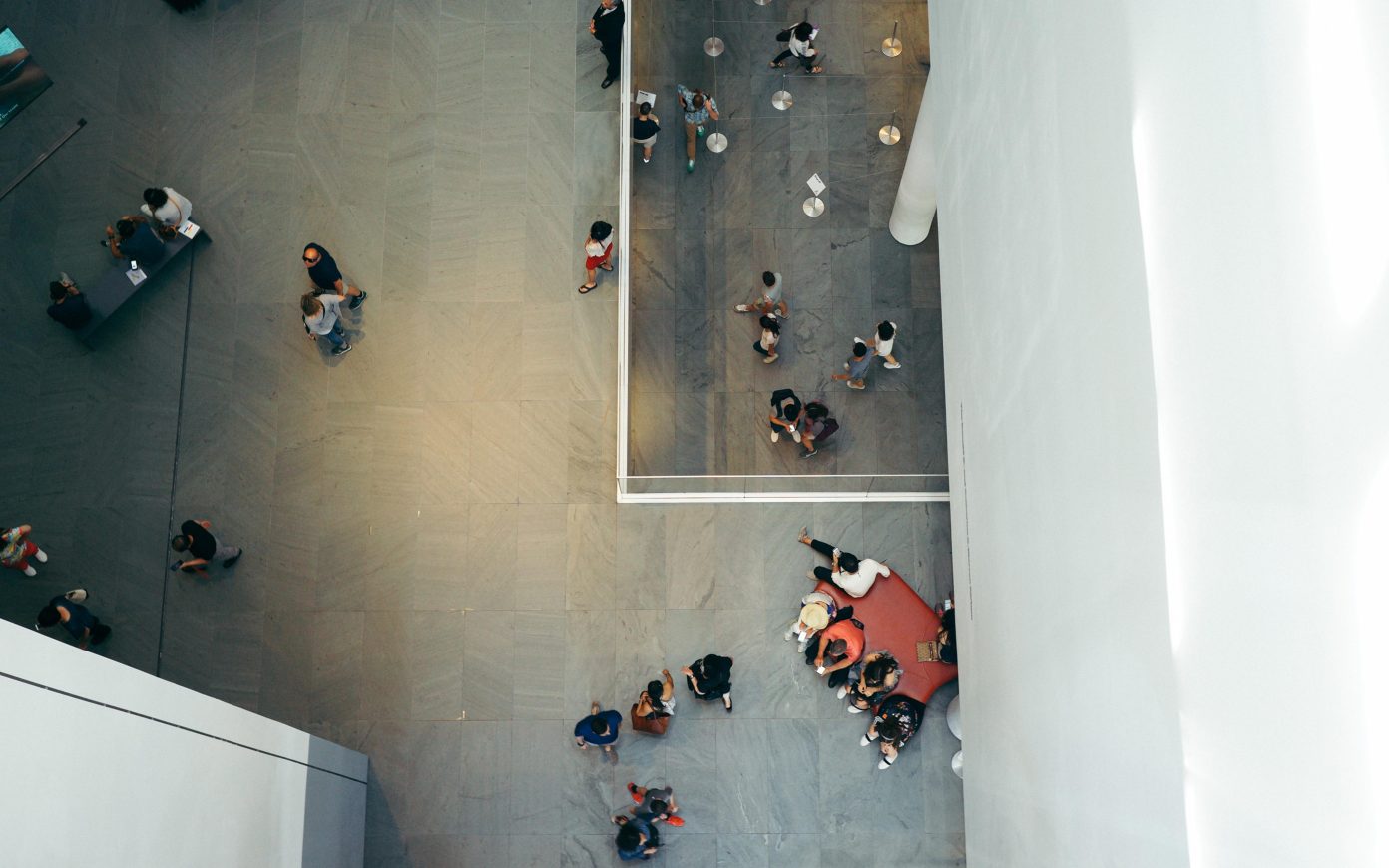Fostering serendipity
Stream : For the knowledge economy, creativity and innovation are the two lovers for competitivity. Meanwhile the rapid growth of communication technologies, equally pertinent, has a tendency to make the physical office disappear. What sort of “office” do you envision could encompass the technology and trends of the knowledge economy while also facilitating encounters, sharing, and innovation?
Jan-Peter Kastelein : Stemming from my research and my own personal experience, one of the four most important factors for sharing and collaboration to happen, is awareness. Why awareness? If you are aware of a fellow employee’s work it is much easier to start a conversation like “Hey, what are you doing? Tell me about your work. Tell me about how I can help you or how you can help me.” If this sort of awareness of each other’s unique background, experience, or style is not happening, it is very hard for collaboration to happen. You can create workplace environments to facilitate this awareness. For example, many people refer to me as a “white board maniac” because I have been installing wall-wide white boards in all of the projects. A big wall-sized white board can be a useful tool to facilitate discussions, especially if you leave the drawings and notes up; it is about leaving traces of your thought processes. One of the major problems of offices today is this compulsive need for a “clean office,” these “leave a clean desk behind policies,” erasing all of these notes and generative ideas. The “flexible office” has generated a culture of packing up and erasure. These sorts of spaces are the dullest office environments in the world; they lack identity. For example, Nokia HQ in Helsinki, is a beautifully designed building; but if I walk in there, I wouldn’t be able to tell what sort of work they do: it could be an insurance company, a bank, a hospital, it could be anything. Again, there is no identity to that building whatsoever because no one leaves anything behind. How will anybody learn from each other if they cannot figure out what each other is doing? This awareness is very important.
The next important aspect is access. Knowing what each other is up to doesn’t do much good if you do not have the access to continue developing ideas and interact. Putting people in boxes is a very bad idea. A closed door acts as a sort of psychological boundary that creates a segregation of public and private domain discouraging each other from interacting. In American office complex buildings with big open spaces full of cubicles, it’s very difficult to know where people are. They literally don’t have access to each other. We can create offices that are more open, that put a big emphasis on “way finding.”
And then it all leads on to the third factor, engagement. If there is no energy, time, or privacy to engage in these discussions, they are never going to happen. Yes it’s great, I’m aware of what you are doing, I had access so I was able to find you, but now we need to find a place, out of our primary work station, as to not disturb others, to engage. This could mean providing a mix of workspaces, where people can meet formally, informally, in teams on projects, facilitated with good technology, good design, good food and coffee, whatever they may need. Google has technical assistance support centers merged with a secondary program of informal restaurant. So while waiting for tech support, you can have a coffee and interact with people from all over the building, spawning creative fusion between minds from, for example, the mobile department and the online department leading to who knows what sort of technical innovations.
Lastly there is trust, important to all factors. How do you create an environment where people can feel safe enough to trust and where they feel trusted? If people feel valued, its much more likely that people are going to trust each other as well. So what we can do is first of all design environments on a human scale, which do feel great, and which express the full value of trust. I don’t have the full answer but I can sense it. Walking around the Google office or at Nike, one can sense this feeling immediately. It’s not something that can be written on the wall, but it is somehow openness in design and procedure that effaces transparency, that the organization is worthy of its employees trust. It’s pride, transparency, awareness of what everyone is doing.
